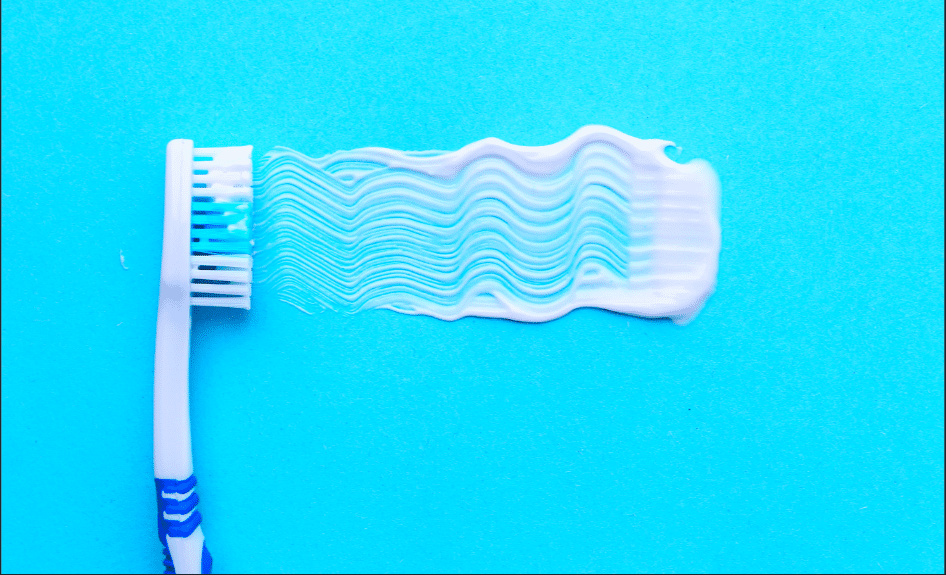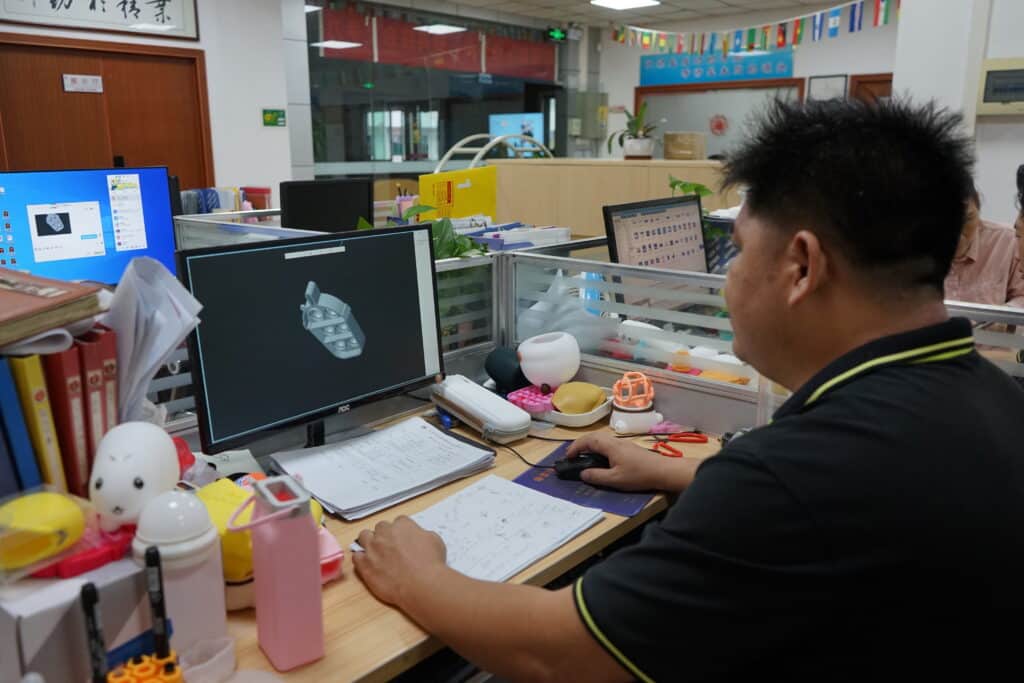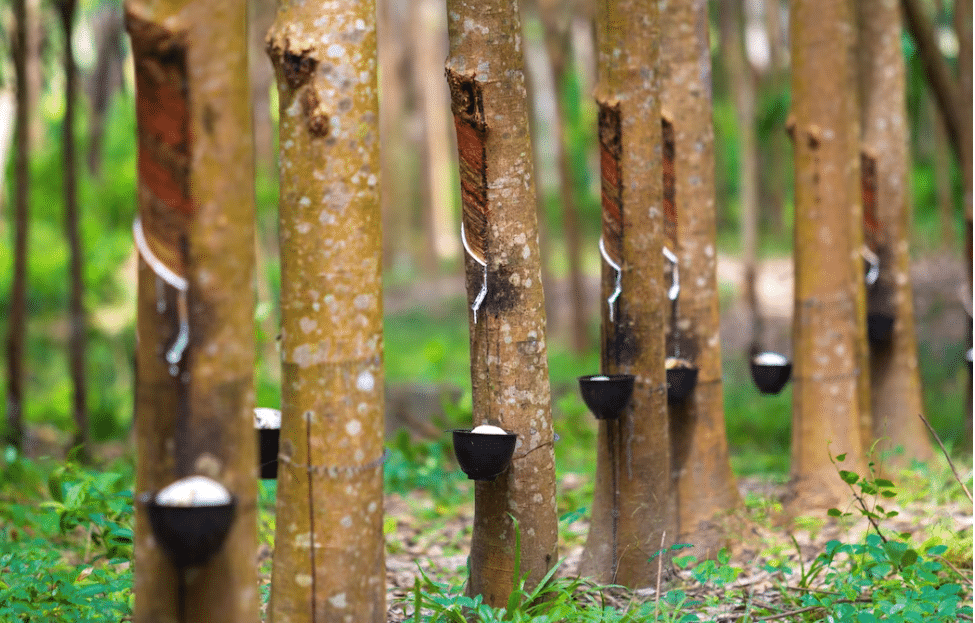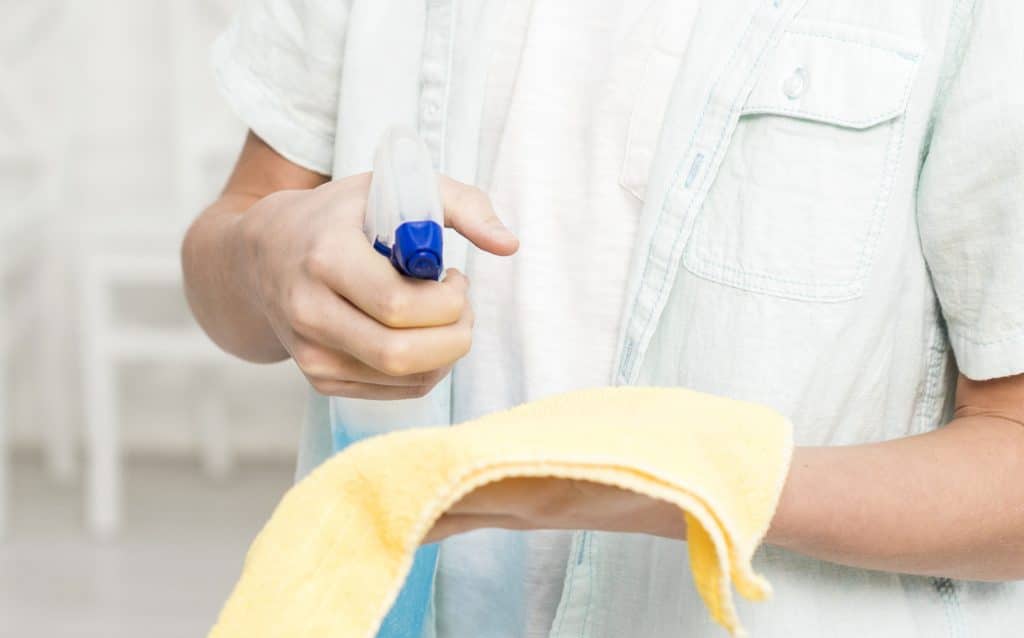Can I use a silicone baby brush with toothpaste?
Silicone baby brushes are an excellent tool for introducing your little one to a dental care routine, and many parents wonder if they can use toothpaste with these brushes. we will discuss the role of toothpaste in a baby’s oral care, the types of toothpaste suitable for babies, and the guidelines for using toothpaste with a silicone baby brush. With the right information, you can ensure that your baby’s oral hygiene is maintained effectively and safely from an early age.
Types of Toothpaste for Babies
When it comes to toothpaste for babies, it’s essential to understand the differences between the various options available on the market. Fluoride toothpaste helps strengthen tooth enamel and prevent cavities, but it might not be suitable for very young children, as ingesting too much fluoride can lead to dental fluorosis.
On the other hand, fluoride-free toothpaste is safe for babies who are still learning to spit and swallow properly. As your baby grows and develops, you can transition to toothpaste containing fluoride, as recommended by your pediatrician or dentist. Apart from fluoride content, it’s crucial to choose age-appropriate toothpaste options, such as those with mild flavors and gentle, safe ingredients to ensure your baby’s comfort and safety during brushing.
When Can You Start Using a Silicone Brush and Toothpaste for Your Baby?
Introducing toothpaste to your baby’s oral care routine should be done gradually and under the guidance of a pediatrician or dentist. Generally, it is recommended to start using toothpaste when your baby’s first tooth appears, which typically happens around six months of age.
At first, you can use just a small smear of toothpaste, about the size of a grain of rice, to minimize the risk of swallowing excess fluoride. As your child gets older and learns to spit, you can gradually increase the amount of toothpaste to a pea-sized amount. It’s essential to monitor your baby during brushing to ensure they don’t swallow too much toothpaste and to establish a safe, comfortable oral care routine for your little one.
How to Use Toothpaste with a Silicone Baby Brush
Safety Precautions
Silicone baby brush material: Ensure that the silicone baby brushes you choose is made of high-quality, food-grade silicone. This material is BPA-free, non-toxic, and gentle on your baby’s delicate gums and teeth(Certifications And Safety Considerations).
Ensuring toothpaste is safe for ingestion: When introducing toothpaste, make sure to use a fluoride-free or low-fluoride toothpaste designed specifically for babies and toddlers. These toothpastes are safer for your baby in case they swallow some during brushing.
Monitoring your baby during brushing: Always supervise your baby while brushing their teeth to prevent any accidents or potential choking hazards. Additionally, this helps you ensure that proper brushing techniques are used to effectively clean your baby’s teeth and gums.
Regularly inspecting the silicone baby brush: Check the brush for any signs of wear and tear, such as frayed bristles or cracks in the silicone. Replace the brush if necessary to maintain its effectiveness and safety.
Conclusion
In conclusion, when using a silicone baby brush for your little one’s oral hygiene, it’s essential to prioritize safety. Choose a high-quality, food-grade silicone brush that is gentle on your baby’s gums and teeth. Use baby-safe toothpaste and always supervise your baby during brushing to ensure proper techniques are used and to prevent any accidents. Regularly inspect the silicone baby brush for wear and tear, replacing it when needed. By following these safety precautions, you can ensure a positive and secure oral care experience for your baby.







